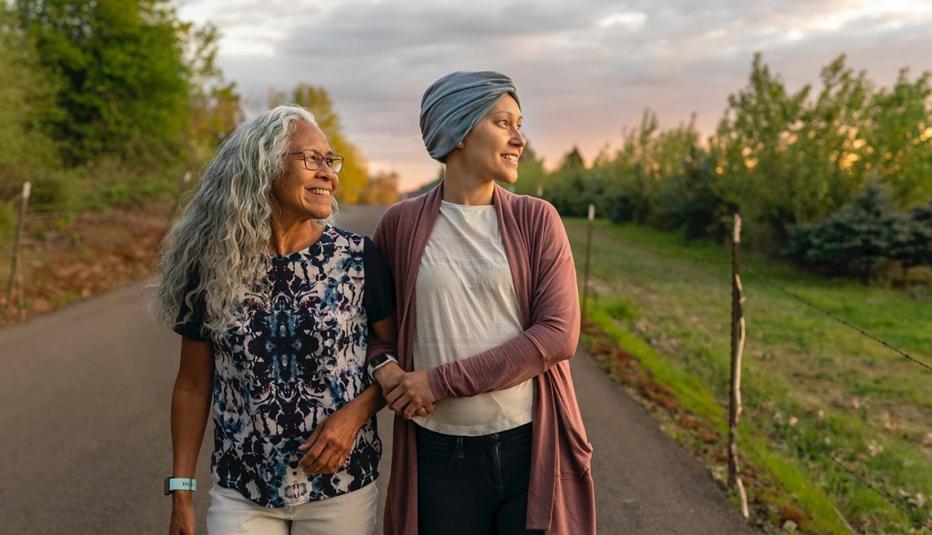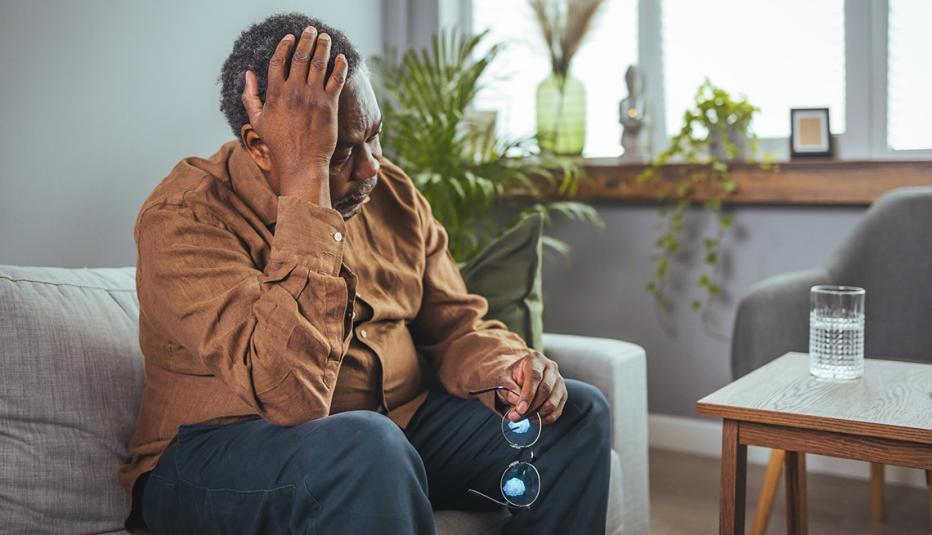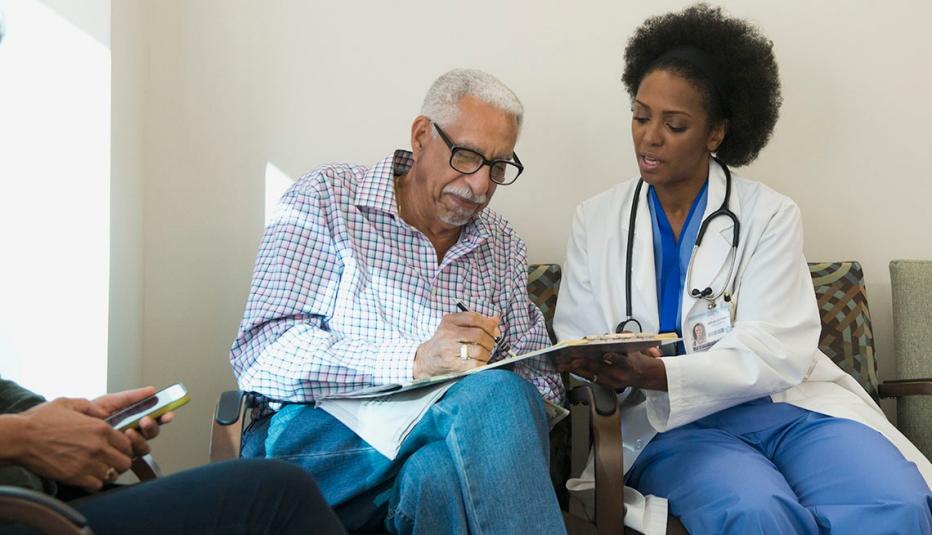AARP Hearing Center
Rural America’s health care is a mix of successes and ongoing challenges related to access, affordability, and utilization of services. This is especially true for adults 40 and older, including both regular medical visits and specialty care such as dental care.


The depiction comes from a series of three reports on Health Care in Rural America. The first, “Health Care in Rural America: Health Care Use, Affordability and Access,” reveals that majorities of rural adults 40-plus report they are in good physical and mental health, have a regular physician, and schedule regular medical visits. But it also finds sizeable minorities who delay or forgo care, struggle to pay medical bills, and find themselves in fair or poor health. The subsequent reports focus on the same divergent trends as they relate to telehealth and dental care.
The complicated nature of rural health is also starkly aligned with affluence, with households that have higher incomes faring better than those with lower. Consistently, those with lower household incomes have poorer health outcomes, including reporting more struggles with mental health, a higher likelihood of chronic health conditions such as high blood pressure, arthritis, high cholesterol, and chronic pain. Lower income levels also correlate to increased problems accessing and paying for dental care, as well as trouble with broadband services and use of telehealth options.
Easy, affordable access to health care is paramount in addressing the lapses in health care for rural Americans. Education and strong communication plans are vital to reaching those who are not being adequately served, but the solutions once touted as keys to meeting the unique health care needs of rural America must be evaluated to ensure that rural residents of all economic and health status are being served.
Access to On-Site Care Is Challenging
Access remains a fundamental problem, especially among lower-income rural residents. And there are signs that access to providers is worsening. Long wait times for appointments and shuttered clinics and hospitals are creating problems exacerbated by the COVID-19 pandemic and concerns with social distancing.
The first, overall report, which involved a phone survey of 1,504 adults 40 and older living in rural America conducted between in November and December 2020, found that one in 10 participants reported that a hospital or medical clinic had recently closed in their local community. One-fifth said specialty care was nonexistent with nearly three in 10 having to travel more than 30 minutes to get to a doctor’s office for specialty care.
Given the struggle to find quality care, many rural adults attempt to self-treat or delay seeking medical attention, especially among those without a regular doctor and those who are worried about the cost of care.
Two-thirds without a regular doctor try to solve medical problems on their own, with 40% of those respondents reporting they have not received medical care in the last two years. About one-third report delaying or forgoing medical care.
Cost Is a Top Concern
Skipping medical care only creates greater problems for those with chronic conditions, putting them in poorer health. And those who would benefit most from proper medical attention often are the most likely to be deterred over costs.
Nearly 20% of all rural adults 40-plus report having problems paying medical bills in the past two years, but the percentage roughly doubles among those in fair or poor health.
In the report on dental care, the survey revealed that 25% of those with income less than $30,000 and those in fair or poor health have not been to the dentist in the past five years. Since Medicare does not cover dental care, many do not have insurance, which is often prohibitively expensive or unavailable.
Telehealth Is Not the Final Answer
While telehealth is touted as a way to bring health care to underserved populations and can clearly be a useful tool in some respects, the reality isn’t nearly as simple. The study found despite interest in using telehealth services, many are concerned that the health issues they are experiencing cannot be treated in a virtual environment and require an in-person medical appointment.
Among those who do not use telehealth but are interested, 40% are uncertain whether their doctor’s office offers telehealth services and whether insurance covers telehealth appointments.
Further, some older rural Americans do not use the internet and do not own a smartphone or computer. One-fifth of all rural Americans age 40-plus cite a lack of access to high-speed internet as a barrier to telehealth.
As with other findings, those most likely to use telehealth are those with higher household incomes.
Methodology
The Health Care in Rural America study was conducted by Alan Newman Research (ANR) among U.S. adults age 40 and older who were living outside of a Metropolitan Statistical Area (MSA). The study was undertaken to update our understanding of health in rural America by taking a deeper look at the attitudes and behaviors of adults age 40 and older who are living in rural areas of the country. The telephone survey interviews averaged 22 minutes in length and were conducted in English by ANR from November 20 to December 18, 2020. A total of 1,504 people completed interviews.
For more information, contact Teresa A. Keenan, tkeenan@aarp.org. For media inquiries, contact media@aarp.org.


































































